Live Through This by Hole
Buy Live Through This For their second album, Hole took a much different approach than on their debut, Pretty On the Inside. That first album featured a straight-out, punk rock approach, while Live […]

Buy Live Through This For their second album, Hole took a much different approach than on their debut, Pretty On the Inside. That first album featured a straight-out, punk rock approach, while Live […]
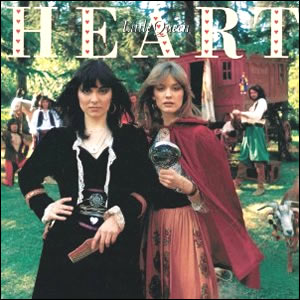
Buy Little Queen It wasn’t easy for Heart to follow-up their brilliant 1976 debut Dreamboat Annie. They started and stopped an album for Mushroom Records, which was later patched together as the release […]

Buy Little Earthquakes Little Earthquakes is the debut solo album of singer/songwriter Tori Amos. It followed the dissolution of her 1980s synth-pop band called “Y Kant Tori Read”, with a batch of a […]
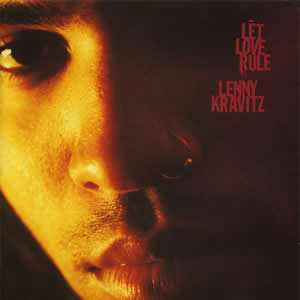
Buy Let Love Rule While only a moderate success in the United States, the 1989 debut album by Lenny Kravitz became an instant and huge hit elsewhere in the world. Let Love Rule […]
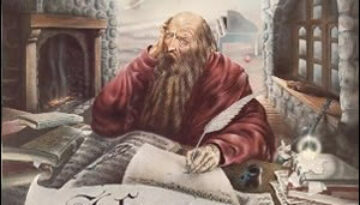
Buy Leftoverture For a long time I considered Kansas to be more like a sidekick act in relation to those truly talented British progressive rock bands. This was probably due, in no small […]
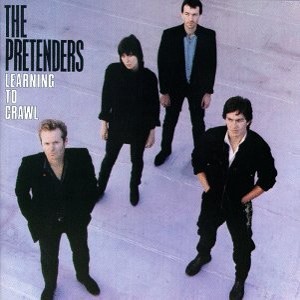
Buy Learning to Crawl Following a very tumultuous period where two band members lost their lives due to drug overdoses, Learning to Crawl, was a bit of an early career comeback album for […]
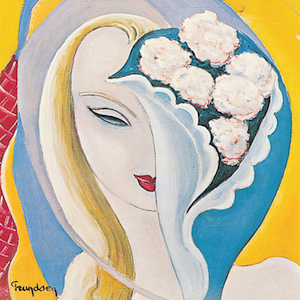
Buy Layla & Other Assorted Love Songs Layla and Other Assorted Love Songs was the sole studio album by super group Derek & the Dominos. A double length LP, the fourteen tracks on […]
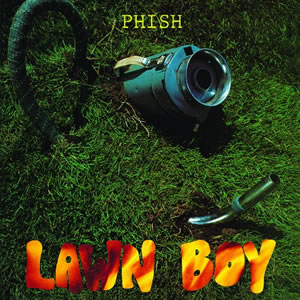
Buy Lawn Boy Continuing to forge their unique fusion rock sound, Phish‘s sophomore effort, Lawn Boy, is chock full of diverse diddys and extended jams. Predating the group’s major label signing, the album […]
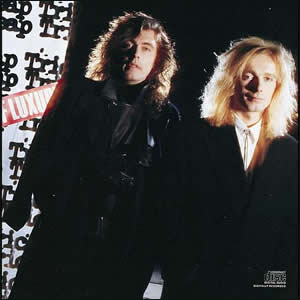
Buy Lap of Luxury Lap of Luxury was, by most definitions, a comeback album for Cheap Trick, although it didn’t quite reach the blockbuster status that the band and their label were attempting […]
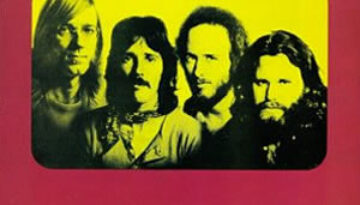
Buy L.A. Woman L.A. Woman, is the final Doors album with lead singer and poet, Jim Morrison. This album encompasses a mixture of blues, funk, and rock while maintaining a sound that is […]